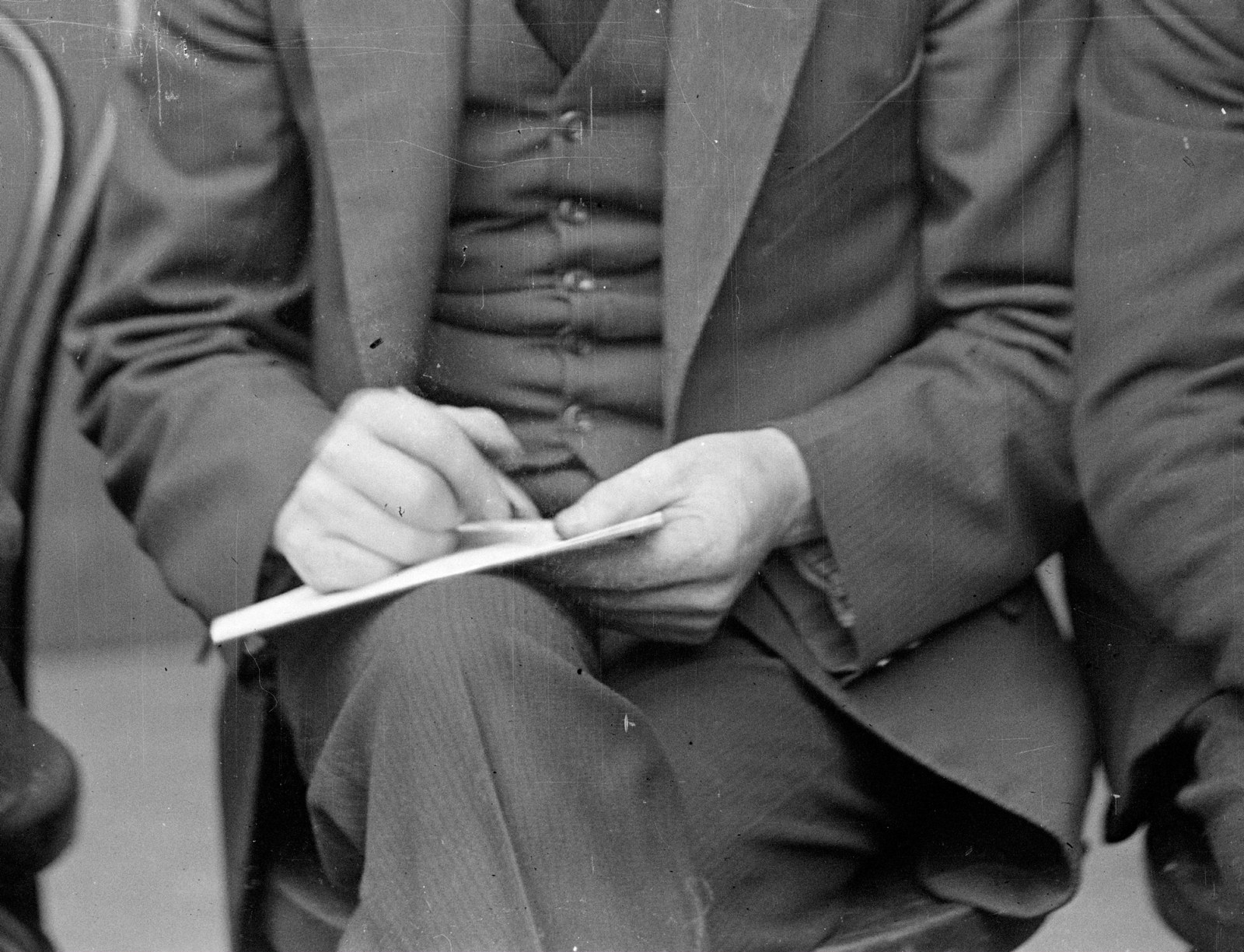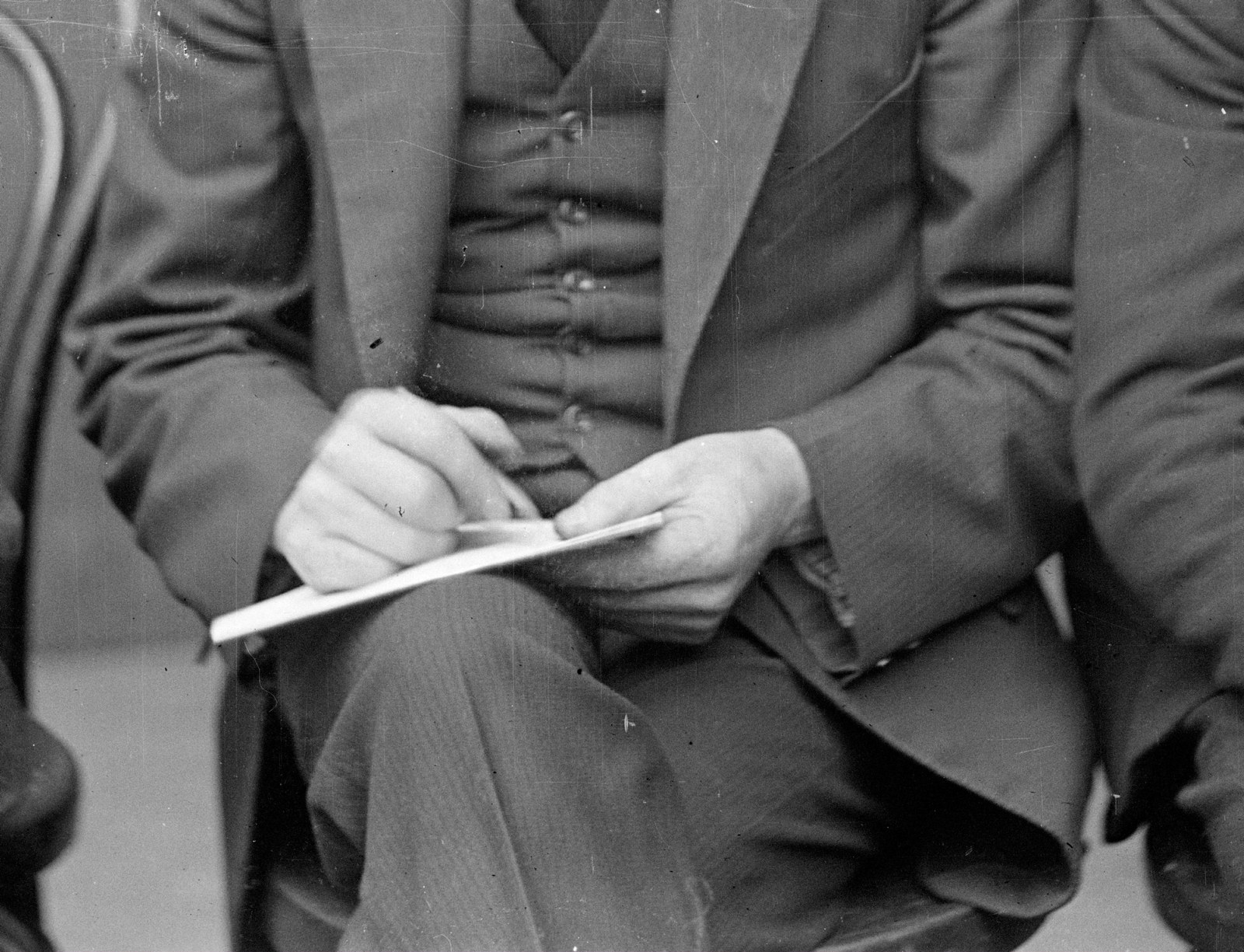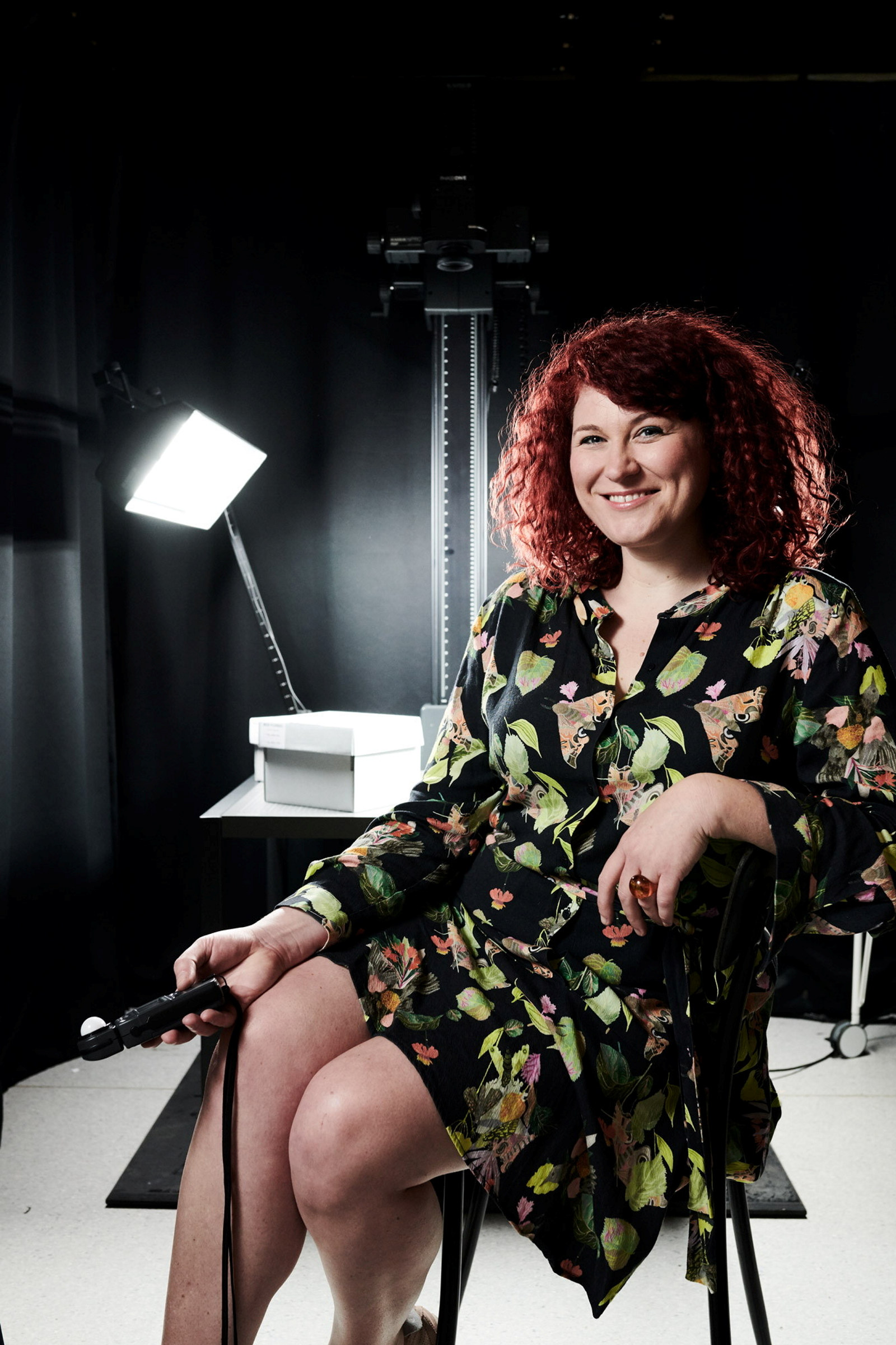Creating glass plate negatives
Photography practitioners today are rediscovering historical, analogue photography processes. This includes the creation of silver gelatin glass plate negatives, known as the dry plate process.
While dry plates are no longer available for sale, they can be handmade, exposed and processed similarly to photographers of the past.
Recently I had the opportunity to hand-make silver gelatin dry plate negatives with Ellie Young, an Australian expert in alternative photographic processes. Ellie shares her expertise at Gold Street Studios in Trentham, Victoria, where she operates darkrooms, workshops and an exhibition space dedicated to specialist photographic processes. I spent a day learning how to create, expose and process dry plate negatives.
We started with a piece of glass, which we prepared, coated, exposed and processed resulting in negatives ready for printing. The experience demonstrated both the camera craft required to obtain a well-focused, correctly exposed negative as well as the practical and technical knowledge needed for darkroom processing and mixing chemicals.
This image gallery illustrates the main steps in turning a piece of glass into an exposed and processed dry plate negative.
Captured on glass

Underworld
Captured on glass
It’s almost 100 years since New South Wales police used glass-plate negatives to photograph suspects in custody. These negatives are a direct link to that moment in time, and provide evidence about photographic technology and methods in the 1920s

Underworld
Channelling the police photographer
As part of a workshop with Ellie Young at Gold Street Studios in Trentham, Victoria, I had the opportunity to take my own photographs using dry glass plate negatives

Underworld
Photography with slow emulsions
Many of the Special photographs show evidence of long exposures where sitters have moved during the exposure time, causing a blur in the final image. This is probably in part due to the slow emulsions on the dry plates used to produce these photographs

Underworld Blog
Descend into Sydney’s seedy underworld with our blog. Discover exclusive stories, never-before-seen images, and behind-the-scenes insights
Published on
More Underworld

Underworld
Behind the scenes: How to read a ‘special’
Around the world, police forces followed established conventions when taking mugshots. But Sydney police in the 1920s did things differently

Underworld
Nerida Campbell Joins Studio 10
Today Underworld curator Nerida Campbell joined Studio 10 to share her insights into the captivating exhibition mugshots

How the Specials inspired singer Russell Morris
Inspired by the enigmatic police photograph of Sydney swindler Thomas “Shark Jaws” Archer (alias Thomas Sweeney, Thomas Everet), celebrated Australian musician Russell Morris wrote his hit blues and roots song Sharkmouth

Underworld
Barbara Turner Taylor: Plotter
Described by police as the cleverest magswoman and confidence trickster in New South Wales, Barbara Turner Taylor was a master in manipulation
